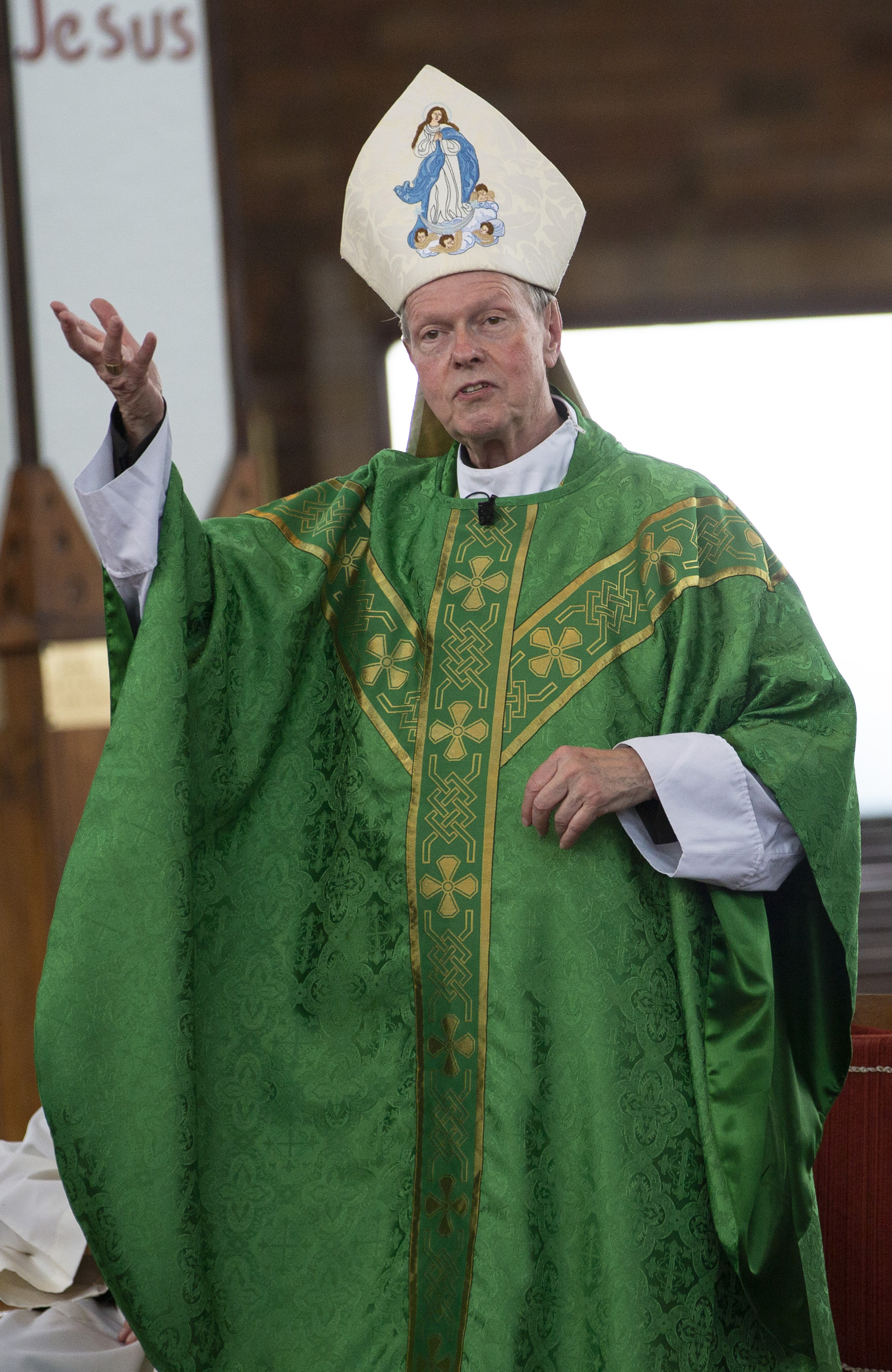February 6, 2024 at 10:55 a.m.
A HEALING TOUCH
There are over 68 references for leprosy or lepers in the Scriptures. In Leviticus, the laws surrounding the treatment of “lepers” are spelled out in two chapters. These laws distinguished skin diseases from “leprosy.” Scholars debate if lepers truly had what we now know as Hansen’s disease or if they were plagued with various skin afflictions from psoriasis to scabies. But once the person was examined by the priest and declared unclean, then the consequences were dire.
Jesus sent him away at once with a strong warning: “See that you don’t tell this to anyone. But go, show yourself to the priest and offer the sacrifices that Moses commanded for your cleansing, as a testimony to them.” — Mark 1:43-44
The person was isolated from the community, which had to be protected from any kind of uncleanliness. Besides the burden of being ostracized and driven away from family and society, the leper was seen as a sinner, someone who was being punished by God. Worshiping in the temple, attending feasts, and going to the synagogue was out of the question. A leper was a walking dead man — filthy, odorous and deformed.
It was incredible that such a person would have been so bold as to approach Jesus. Those who were with Jesus must have been distraught to see a leper so close. They probably shouted at the man to announce himself as unclean and to go away! But Jesus would not send the man away — would not condemn him as a sinner. Jesus was “Moved with pity, he stretched out his hand, touched him, and said to him, ‘I do will it. Be made clean.’ ” By touching him, Jesus makes himself unclean under the law. Jesus took a bold step in touching the man!
Jesus extends his attention with a touch, a word and a cure. Jesus treats the man as a human person — not as a scourge or a sinner. Let’s pause in this healing moment. We may think that these miracles don’t come with a cost for Jesus; after all, he is the Son of God. But on a human level, curing the sick and healing the afflicted must have come with a personal price. Recall the healing of the woman with an issue of blood — Jesus said that he felt power go out of him. This is important for us to consider because as disciples of Jesus, we are called to be a healing presence. We are asked to pay attention to others. And it comes at a price!
Are we aware of the needs of the other person? Sometimes all we can do is to look at a person and offer a smile or a kind word. Sometimes we need to extend a touch in the form of help, or time. There are so many opportunities to do this — our families, co-workers, elderly neighbors and parishioners often need assistance. Many times we are stressed and overloaded with our own responsibilities, but here is a place where Jesus says, “Stop, see the need, reach out …”
This is very challenging when the person is right in front of us. But it is more difficult when it is a “faceless” person suffering from discrimination. Many times we are part of conversations about migrants, panhandlers, addicts or those of other social strata. This is the time for the “touch” and the “word” that encourages others to look at these folks as Jesus does — with compassionate love. This is not easy. It calls us to remind others to extend hospitality and understanding. The worst human disease is to be ostracized — to be put “outside the camp” of human caring. Jesus calls us to be bold in our interactions with others and to be completely inclusive. This short poem really illustrates the radical inclusion that Jesus demands of us:
“He drew a circle that shut me out —
Heretic, rebel, a thing to flout.
But love and I had the wit to win:
We drew a circle and took him in!”
― Edwin Markham
Can we reach out and draw the circles of compassion wider and wider? This is the way of the disciple. This is Jesus’ way.
- Pope Leo spends 2025 steadily navigating church, global waters
- Delaware law enforcement, governor, community mourn loss of trooper in fatal shooting
- From Chicago to Peru to Rome, Pope Leo remains ‘one of us,’ say US Catholics
- At home with Jesus
- Priest gets kidney from principal — and love, support, prayers from parishes, students
- Redemptorist priest’s explosive dispatches revealed Vatican II’s hidden conflicts
- Nigerian Catholic Church leaders give mixed reaction to US airstrikes
- US strikes Nigeria targeting Islamic extremists to ‘stop the slaughtering of Christians,’ says Trump
- 2025 brought new pope, new president, and immigration as key issue
- Linger in contemplation at the manger with the Holy Family








Comments:
You must login to comment.